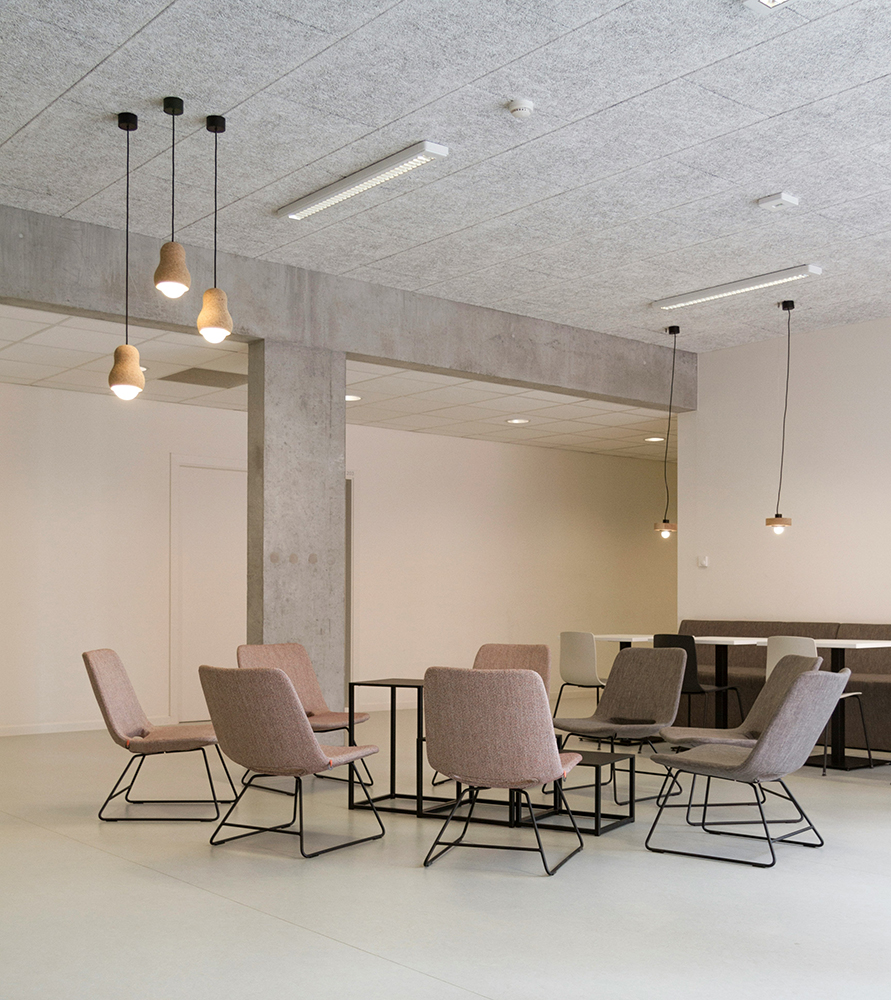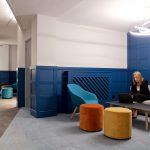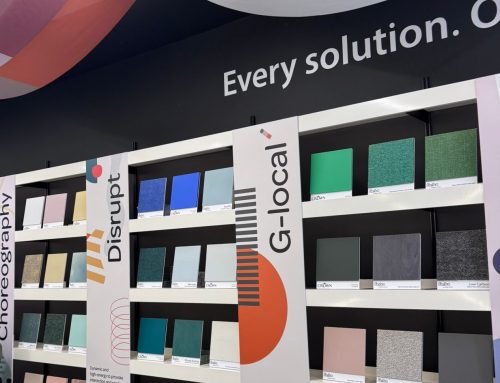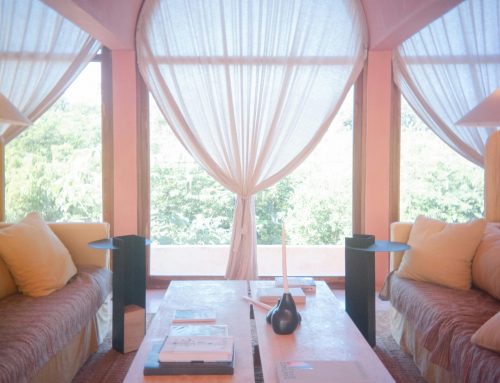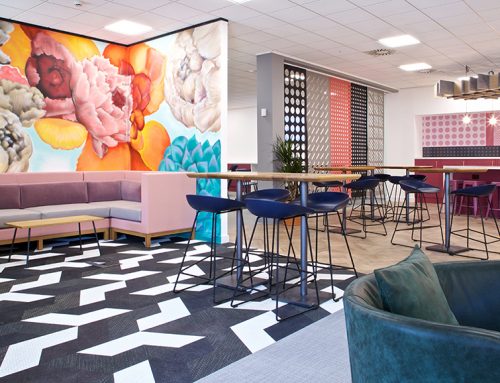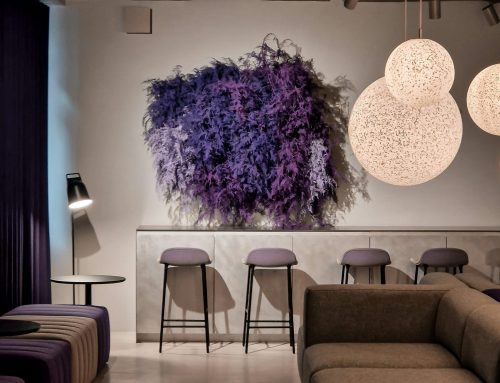It’s time to talk. This week in the Wylde blog we’re exploring the importance of designing and creating spaces for conversation, in the workplace. In the bustling world of modern workplaces, where the pace is often fast and deadlines loom large, it’s easy to overlook the significance of well-designed spaces to talk things through. Yet, these areas are not merely aesthetic luxuries; they are integral to fostering collaboration, creativity, and overall well-being among teams. Let’s delve into why these spaces are so important and how they contribute to a thriving workplace culture.
First and foremost, well-designed conversation areas encourage collaboration and innovation. When teams have designated spaces that are conducive to open discussions, brainstorming sessions, and impromptu meetings, they are more likely to share ideas freely and think outside the box. These spaces can be equipped with comfortable seating, writable walls, and perhaps even plants or other natural elements that inspire creativity. The result? A fertile ground for innovation to flourish.
Effective workplace communication isn’t just about exchanging information; it’s also about building relationships and trust among colleagues. Designated conversation areas provide a relaxed setting where individuals can engage in informal chats, get to know each other better, and build stronger connections beyond work tasks. This, in turn, fosters a more cohesive and supportive team environment.
Studies have shown that well-designed conversation areas can have a positive impact on employee well-being and productivity. Natural light, comfortable furniture, and greenery can create a welcoming atmosphere that reduces stress and boosts morale. Moreover, these spaces offer a respite from individual workstations, allowing employees to recharge and return to their tasks with renewed focus and energy.
Clear and effective communication is the cornerstone of any successful organisation. Conversation areas provide a dedicated space where teams can have meaningful discussions without distractions or interruptions. Whether it’s hashing out project details, resolving conflicts, or sharing updates, having a designated area for such interactions ensures that communication remains focused and productive.
In the era of hybrid work models, where remote and in-person collaboration coexist, well-designed conversation areas become even more essential. These spaces can be equipped with technology that supports virtual meetings, making it easier for remote team members to participate in discussions seamlessly. This inclusivity helps bridge the gap between on-site and remote colleagues, strengthening teamwork regardless of physical location.
Lastly, well-designed conversation areas contribute to shaping a positive organisational culture. When a company invests in creating inviting spaces for conversation, it sends a clear message that it values open communication, teamwork, and employee well-being. This, in turn, attracts top talent, enhances employee retention, and ultimately contributes to the overall success of the company.
These spaces serve as hubs for collaboration, relationship-building, and innovation, while also supporting employee well-being and effective communication. By investing in creating these areas, organisations can create a more vibrant, productive, and cohesive work environment that benefits everyone involved.
- BCC
- Wylde Alliance Pharma Progress
- Wylde IA – BAWA

